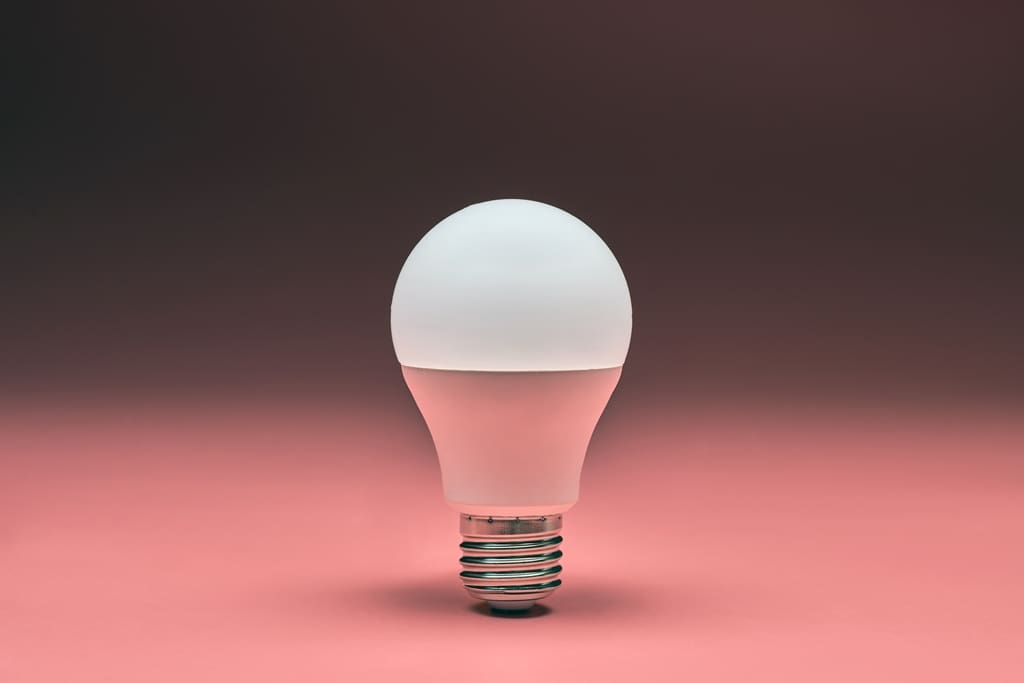Buying a new home is an exciting journey, but it’s essential to consider more than just curb appeal and interior design. One crucial aspect that often gets overlooked is the home’s energy efficiency. Assessing a home’s energy efficiency before making a purchase can save you money in the long run and contribute to a greener planet. Here are some key factors to keep in mind when evaluating a home’s energy efficiency:
Insulation:
Quality insulation is crucial for maintaining a consistent indoor temperature and reducing energy waste. Consider factors like R-value, which measures insulation’s effectiveness, and ensure there are no gaps or compressed areas that could compromise its performance. Upgrading insulation, especially in older homes, can lead to significant energy savings over time.
Windows and Doors:

Energy-efficient windows and doors not only prevent drafts but also enhance natural light and soundproofing. Look for features like double or triple glazing, low-emissivity coatings, and weather-stripping to maximize energy savings. Upgrading to Energy Star-rated windows and doors can also qualify you for potential tax credits or rebates.
Heating and Cooling Systems:
A well-maintained and efficient HVAC system is key to lowering energy bills and improving indoor comfort. Consider factors like the system’s age, Energy Star rating, regular maintenance history, and programmable thermostats for optimized energy usage. Upgrading to a zoned HVAC system can also allow for better control and energy distribution throughout the home.
Appliances:
Energy-efficient appliances not only save on electricity but also reduce water consumption and overall environmental impact. Look for the Energy Star label and consider factors like size, capacity, and advanced features such as smart technology for energy optimization. Investing in high-efficiency appliances may have a higher upfront cost but pays off through long-term savings and reduced environmental footprint.
Lighting:

Take a look at the lighting installed in the home. Transitioning to energy-efficient lighting options like LED bulbs can significantly reduce electricity usage. Additionally, consider the presence of motion sensors, dimmer switches, or timers to further optimize lighting usage and minimize wasted energy.
Renewable Energy Sources:
Explore the feasibility of adding renewable energy solutions like additional insulation, lighting options, and heating/cooling systems after purchasing the home. Conduct a cost-benefit analysis considering installation expenses, potential tax incentives, and long-term energy savings.
By paying attention to these factors and assessing a home’s energy efficiency before buying, you can make an informed decision that benefits both your finances and the environment. Remember, a more energy-efficient home not only saves you money on utility bills but also adds value to your property over time.
#HomeEnergyEfficiency #EnergyEfficientHomes #GreenLiving #SaveEnergy #RealEstateTips #EnergyEfficiencyTips
